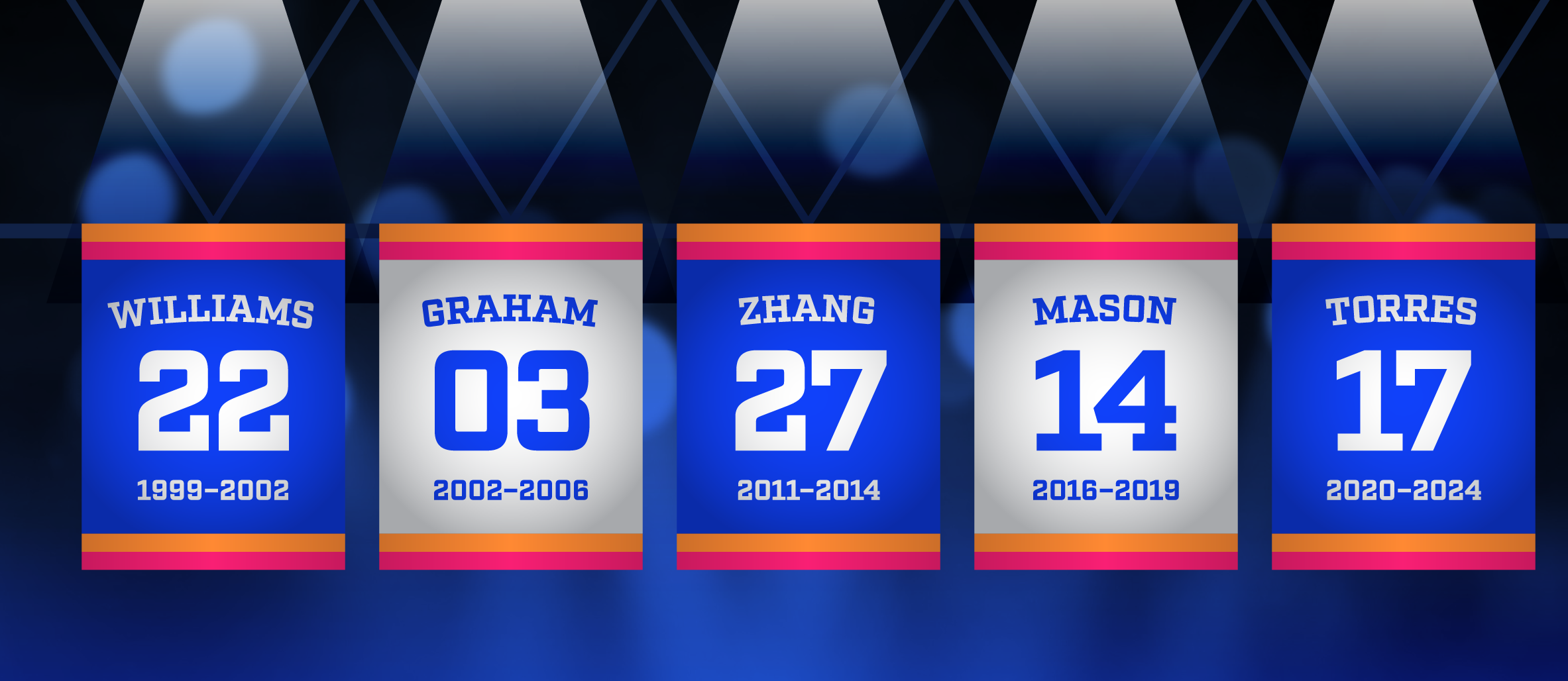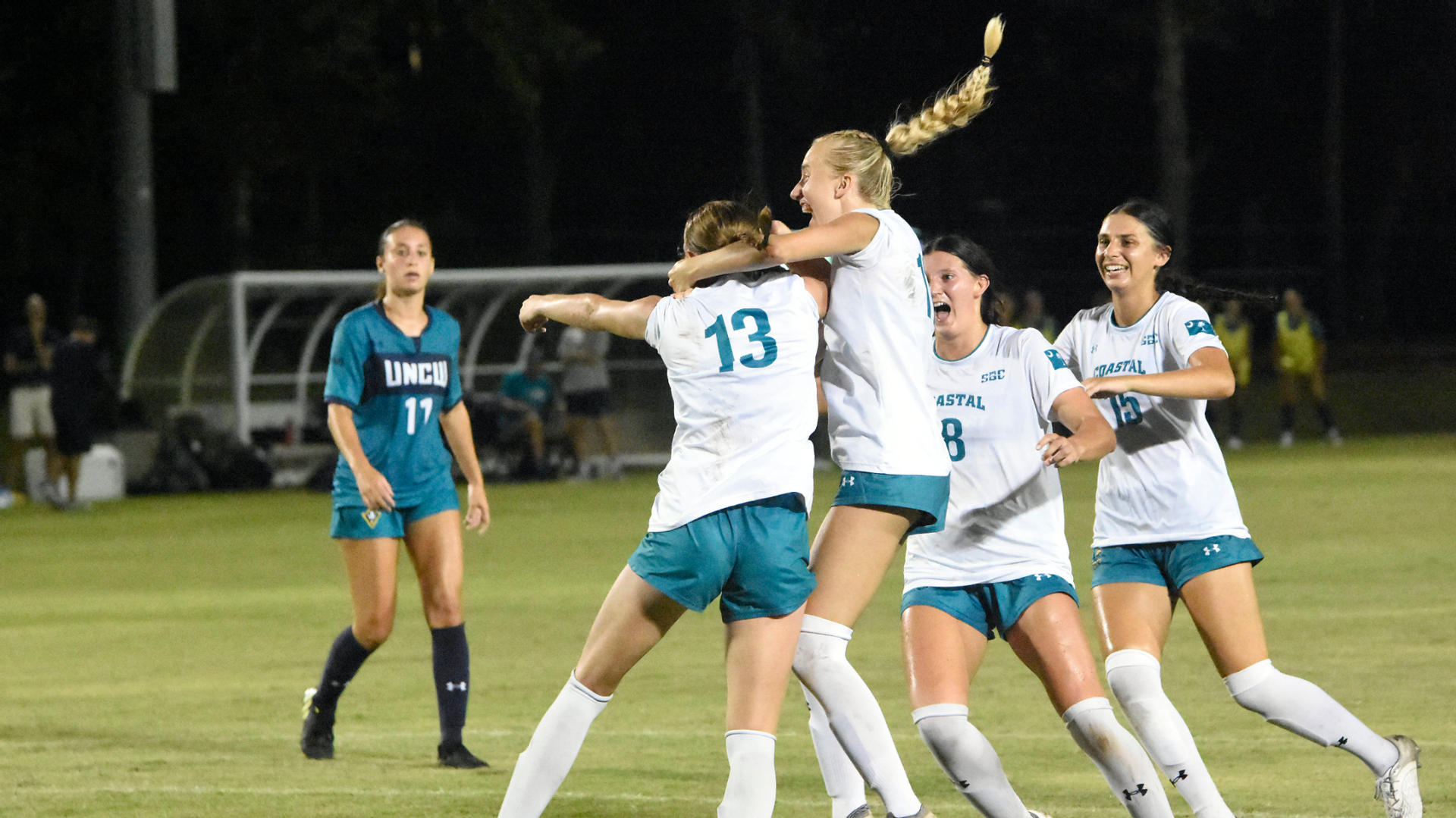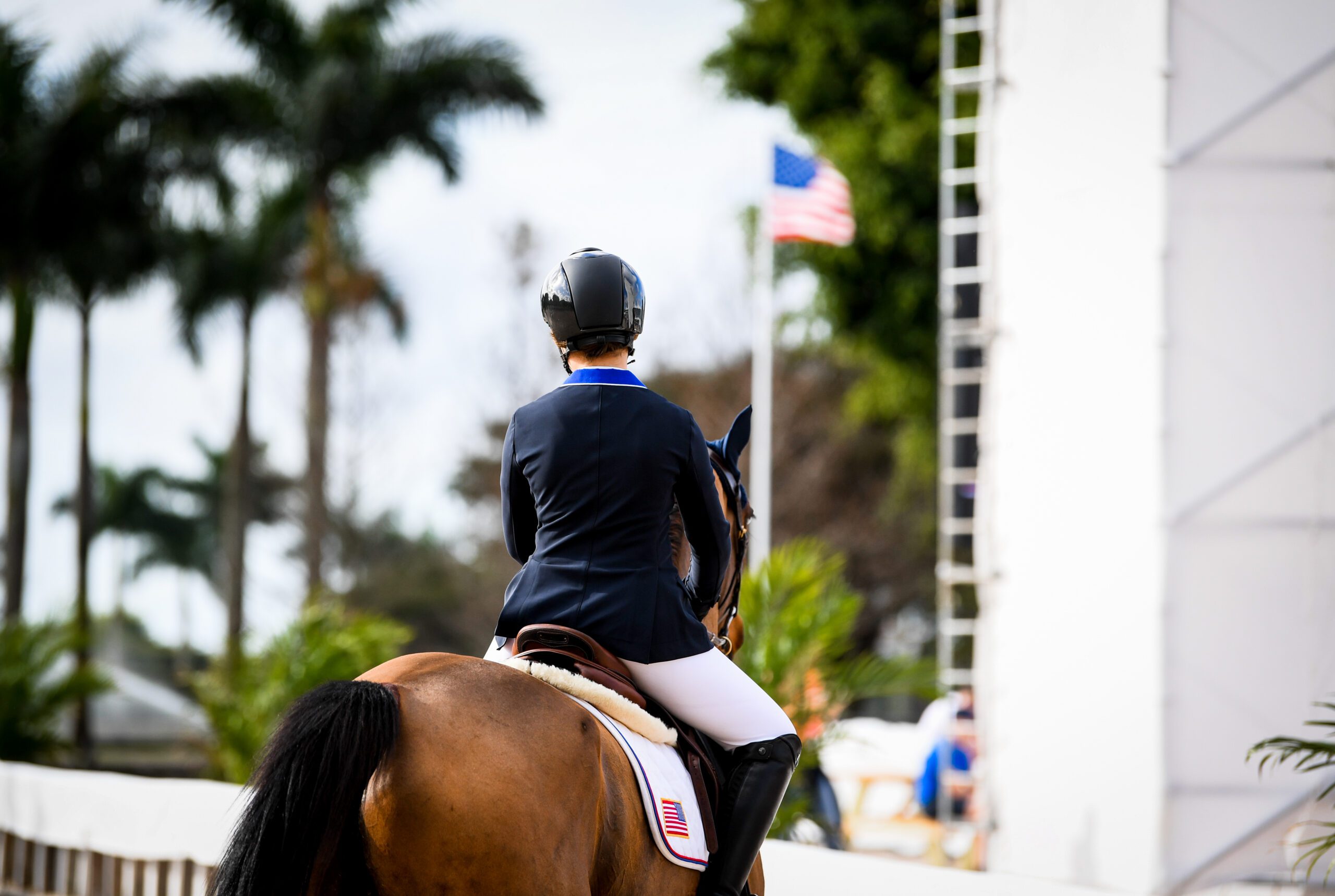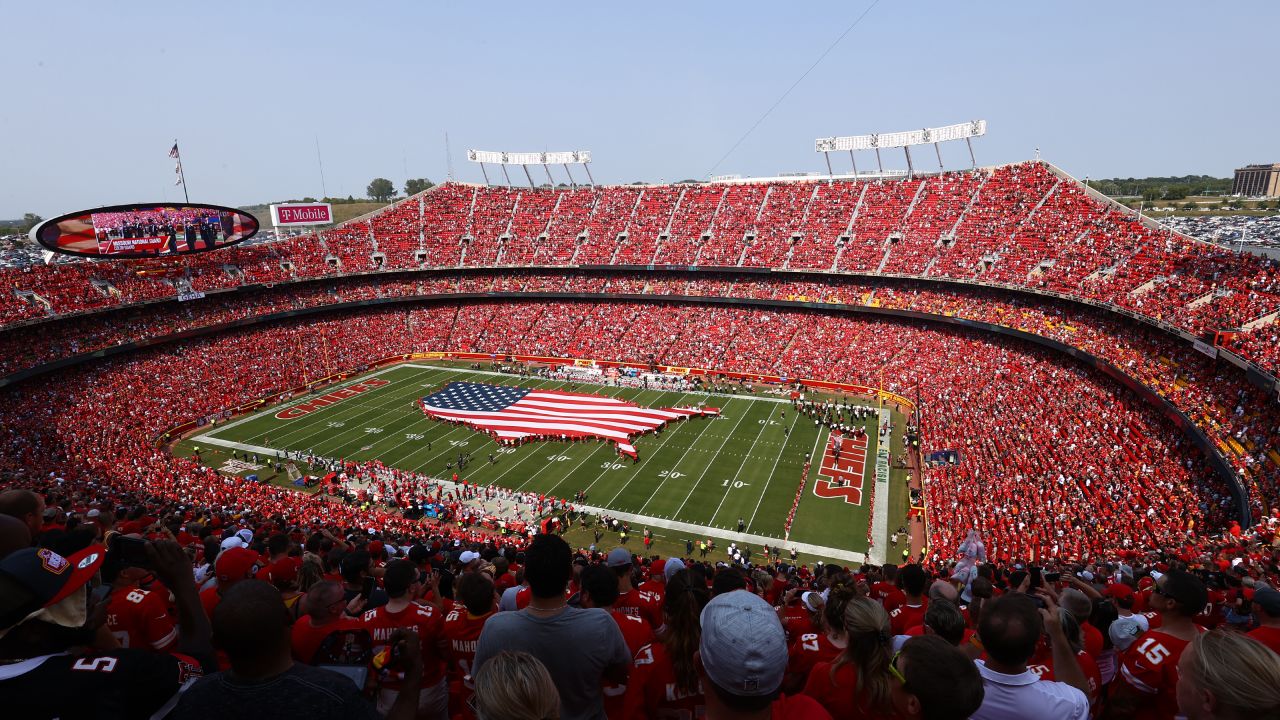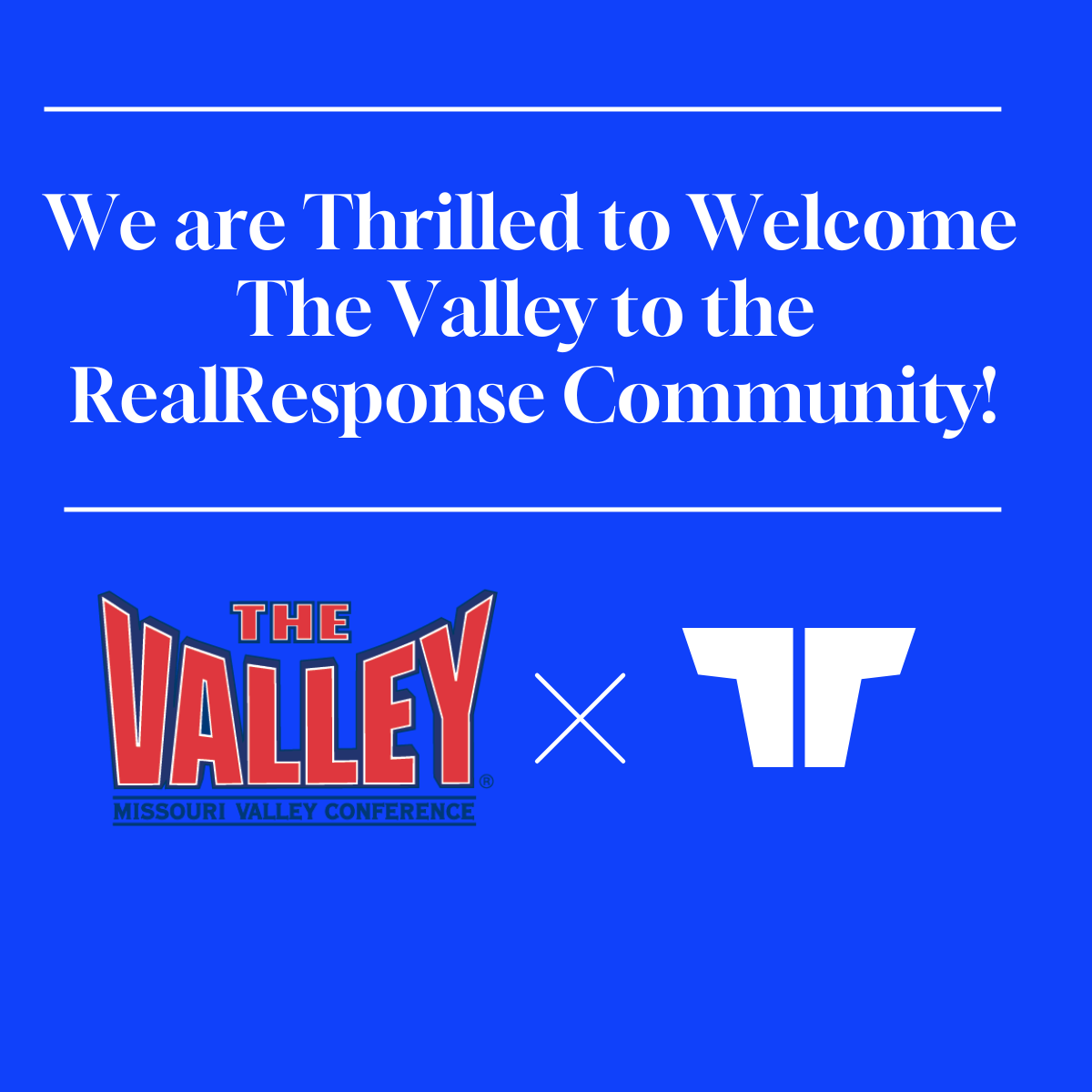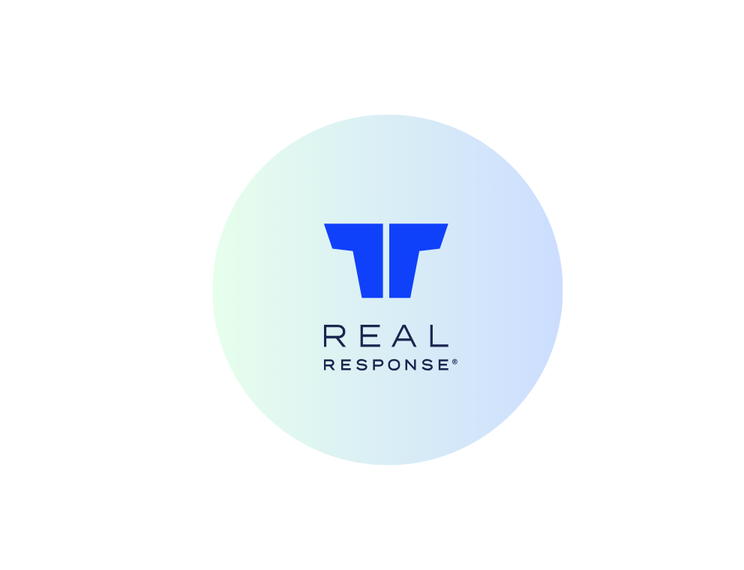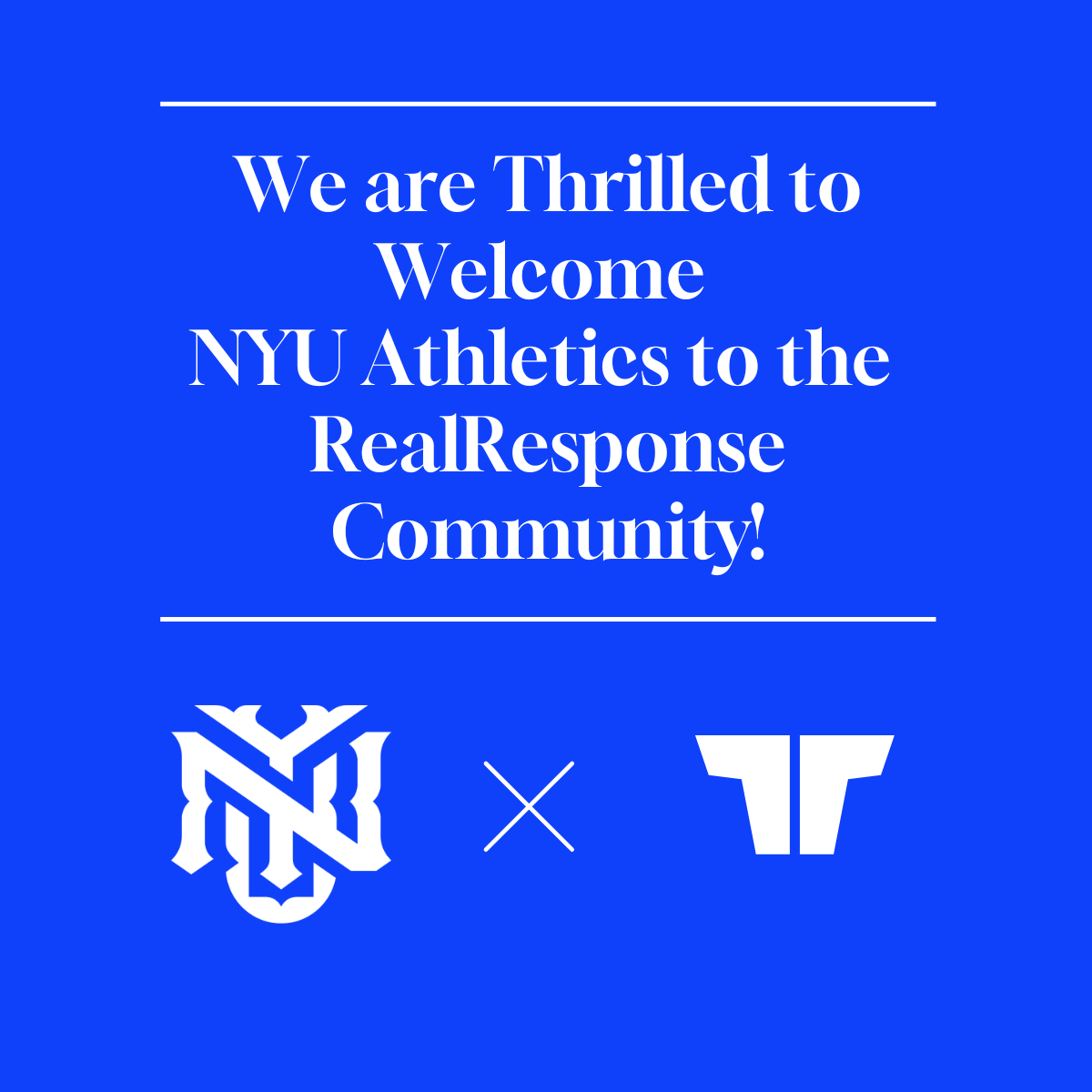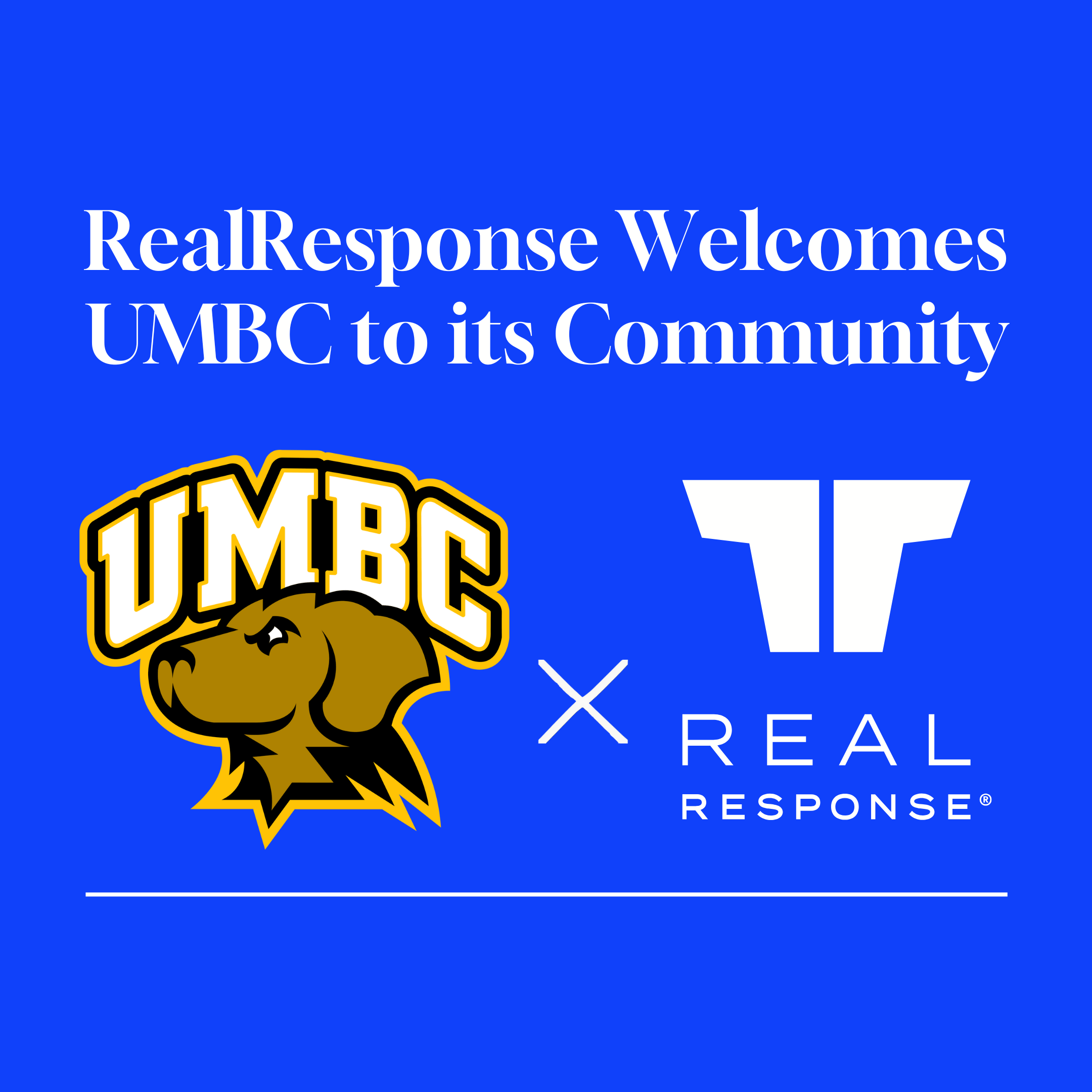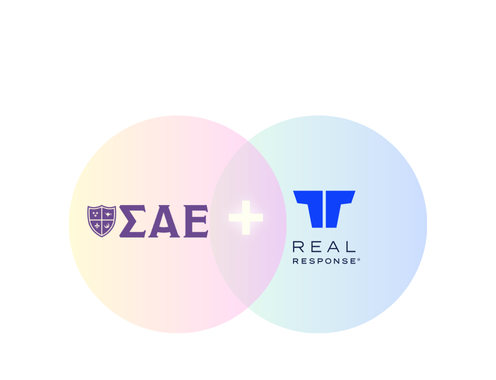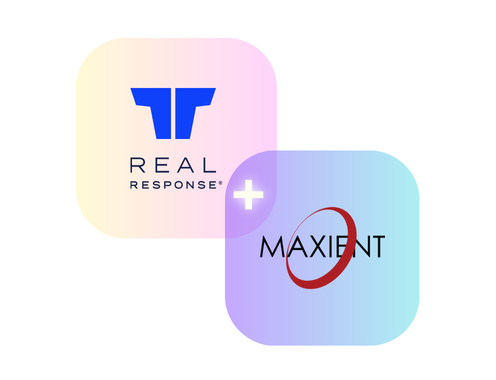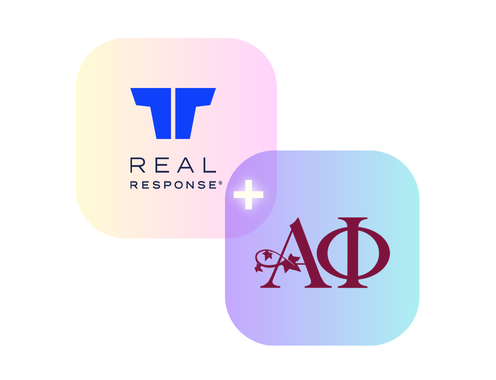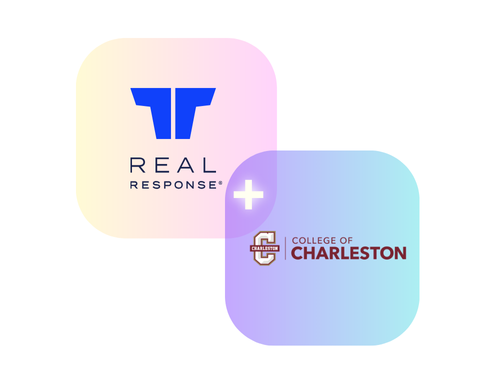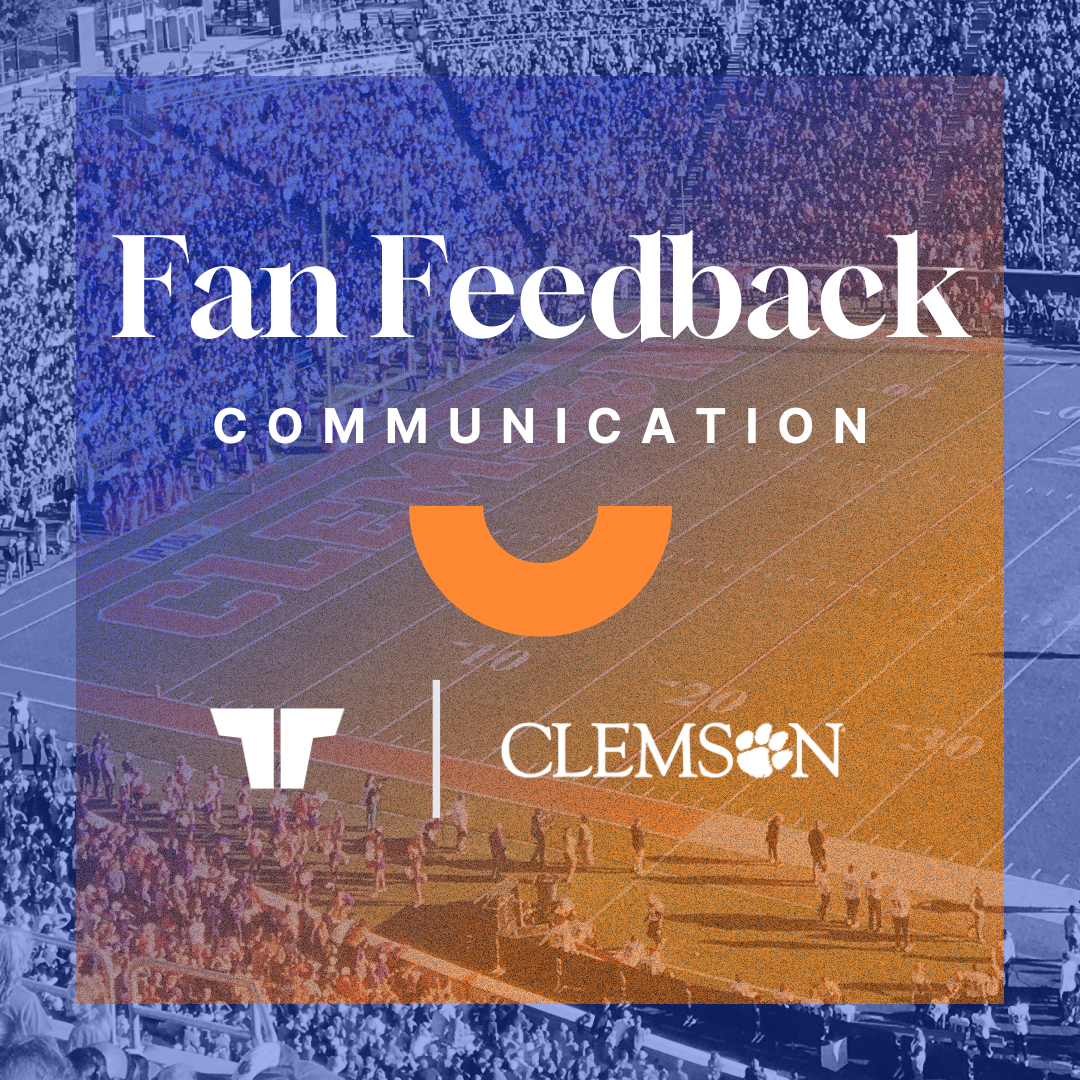But More Can Be Done to Ease the Transition
From the NCAA to professional leagues, organized sports command so much public attention that we often forget how fleeting athletic careers can be. Less than 2% of college student-athletes go on to become professional athletes. The average NFL player tenure is just over three years. For the NBA, it’s less than five.
Voluntarily or involuntarily, athletes at all levels eventually move on from their sports careers. But that doesn’t mean the transition is a seamless one.
As Aaron Taylor, Super Bowl-winning guard for the Green Bay Packers and Notre Dame alumnus, characterized his own experience, “I was very ill prepared for what was coming next. It’s a very short career, something we strive for our entire lives, but the window of opportunity is limited. If we’ve always been what we’ve always done, who are we when we’re no longer doing that thing?”
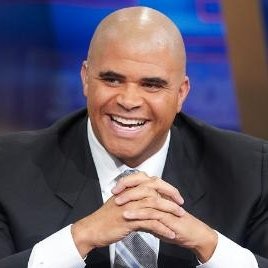
Who is Aaron Taylor?
Aaron Taylor is a mental health advocate and CBS Sports football analyst. He was a Lombardi Award-winning offensive guard and team captain for Notre Dame, in addition to a two-time First Team All-American.
In 1994, he was a first-round NFL draft pick by the Green Bay Packers, who he helped win Super Bowl XXXI.
Extensive research has been conducted around the struggles retired athletes face when transitioning out of sports—from minor stress to debilitating depression, anxiety, substance abuse and more. Less discussed, however, are the ways we can better support athletes to mitigate or prevent these challenges in the first place.
Separating the athlete from the individual
As former Division I athlete and consultant Jay Dixon discusses in his new book, After the Game, the majority of college and professional athletes suffer an “identity gap” when their sports career ends.
This was the case for Aaron Taylor when he retired from the NFL. “I was 28 years-old. I had a Super Bowl ring. I owned a house. I didn’t have any debt. I looked like I was living the American dream on paper, but [in reality] that was the deepest, darkest part of my life. There was this vacancy that I was ill prepared for.”
In his experience, this crisis is a symptom of athletes enduring a shift in what he refers to as the five pillars of fulfillment. These include:
- Income – How you receive value in exchange for the value I bring (i.e., salary, scholarships, NIL endorsements).
- Identity – How you’re viewed by the outside world and in your own mind (e.g., Division I athlete, first-round draft pick, etc.)
- Purpose – Your sense of why you feel you’re on this planet, or the thing that gets you out of bed every day. As Taylor explained, “There was no thought, no second guessing, no doubt about what needed to be done 24/7 as a pro athlete. So it was a challenge to retire on a Monday, wake up on a Tuesday and not have a purpose for the first time in my life.”
- Significance – The impact you make or the validation you get from fulfilling your purpose. For athletes, this is often praise or validation from coaches and teammates for a job well done.
- Community – The feeling of being part of something greater than yourself, be it a team, a league or an athletics department.
Playing sports at the college or professional level becomes the common thread that unites most if not all of these pillars. As a result, many athletes don’t pause to imagine what an alternate identity, purpose or community might look like outside of the game until right before or after they retire.
Post-athletic prep has to start early, and be reinforced often
As Jay Dixon talks about in his book, athletes have a multitude of skills that translate directly to the workforce. From teamwork and leadership ability to decision-making and coachability, former athletes have so much to offer beyond the court or field.
But too few athletes receive the right support to help them proactively make these connections and explore how they might redirect their hard-earned attributes into new careers or communities.
Fortunately, there are resources that coaches and athletics staff can turn to—early and often—to better guide athletes through this critical transition:
- Safe spaces for sharing concerns: Whether their transition out of sports is voluntary or not, athletes should feel like they have ways to express their candid feelings and fears. Similarly, concerned players who see a teammate struggling through this change (mentally, emotionally or otherwise) need channels for flagging these issues before they escalate. Anonymous, two-way reporting tools are one way teams can provide safe spaces for this dialogue. Capturing this feedback also gives staff and leadership vital input to shape how they empower future players through this shift.
- Investing in athlete resilience: The mental health impacts of transitioning out of sports are undeniable and, too often, tragic. The more we prioritize developing players’ resiliency throughout their sports careers, the more prepared they’ll be for adapting to post-athletics life. Organizations like RADical Hope offer programming designed to empower young athletes and help them build skills for stress management, emotional regulation and self-care.
- League-specific programs: At the professional level, many leagues offer career transition resources for both current and retired players. The NFL Players Association’s #AthleteAnd campaign, for example, aims to shed light on players’ diverse identities beyond football (which the NFLPA helps cultivate through robust continuing education partnerships, job shadowing and career advising). The National Basketball Retired Players Association—which, along with the NFLPA, partners with service provider AthLife—offers former athletes access to a sports psychologist network, Business Development Grant program and continuing education through Purdue University Global. Globally, the International Olympic Committee offers Athlete365 Career+, an initiative through which athletes of all ages can receive career planning guidance, mentorship and even business accelerators.
The clock doesn’t stop with retirement
When your daily routines, your sense of self and (more importantly) your sense of self worth is tied to a game, it can feel impossible to envision a life after sports. As Taylor said, “Many of us, when we’re in transition, when we go from one career to the next, often find ourselves wondering, ‘Are my best days behind me?’”
With more comprehensive career transition support from team leadership, coaches and staff, athletes won’t need to ask that question in the first place.
RealResponse is invested in elevating athletes’ voices at all stages of their sports careers. By offering a safe, anonymous platform for two-way communication, we ensure everyone has a chance to be heard.
